the importance of sand
though it is mostly associated with beaches and playgrounds, sand is an all-important resource to our technology-focused society. it is essential to the production of silicon microchips, fiberoptic cables, insulation, and solar cells, while it is also the primary ingredient in glass, which is used in consumer electronic products such as fridges, microwaves, and computers.
despite strenuous attempts to extract, transport, refine and process sand into complex electronic components, very little is done to recycle these components when electronic goods reach the end of their life, and are then simply thrown in the dump. glass has excellent material properties for recycling, but EU directives on effectively processing glass from electronic waste (E-waste) do not currently exist. to address this issue, norwegian architectural design office snøhetta, in collaboration with brussels-based studio plastique, is working on a research project titled ‘common sands – forite’, which explores the possibility of recycling and utilizing glass contained in electronic waste.
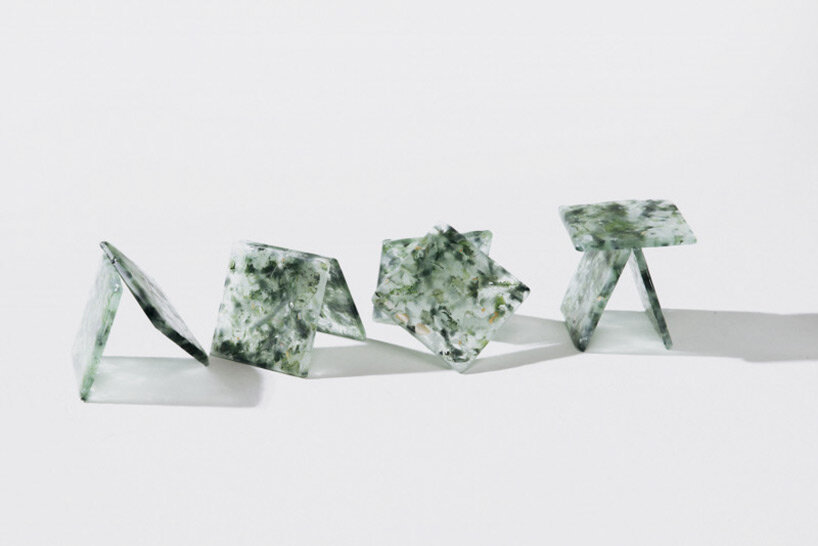
all images courtesy of snøhetta
E-waste glass turned into tiles
based on existing research by studio plastique (find more here), ‘common sands – forite’ progressed into a collaborative research project between the belgian firm and snøhetta (find more here), with the aim to investigate the potential applications of recycled E-waste glass. after multiple trials, prototypes, and variations, the team developed a standard process for recycling E-waste glass components, as well as an application that integrates and celebrates its variable material quality: glass tiles.
italian ceramic tile manufacturer fornace brioni later joined the project, bringing their experience, industrial know-how, production facilities, and potential for scalability to the project.
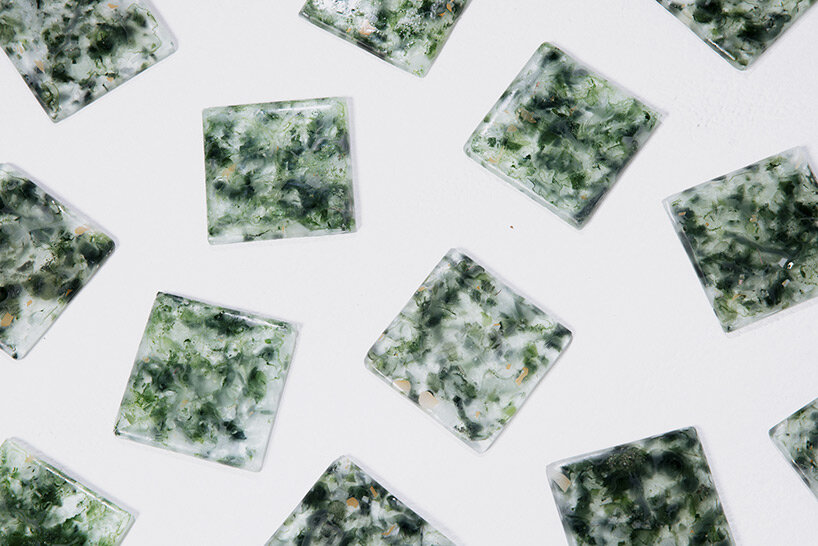
unique tiles with terrazzo-like patterns
using recycled glass, the designers created tiles in two different sizes, both opaque and transparent. each one showcases a unique pattern and expression, while all tiles present a deeply complex, terrazzo-like material quality. as a result, they are suitable for a wide range of architectural applications, including both surface coverage and semi-transparent partition elements.
‘common sands – forite’ take advantage of the unique composition, color, and structure properties of the waste material, to form a series of architectural glass tiles. the project puts its main focus on waste glass from ovens and microwaves as a starting point in order to demonstrate the aesthetic depth, function, and potential of the recycled material. however, it is certainly not limited to this material stream alone.
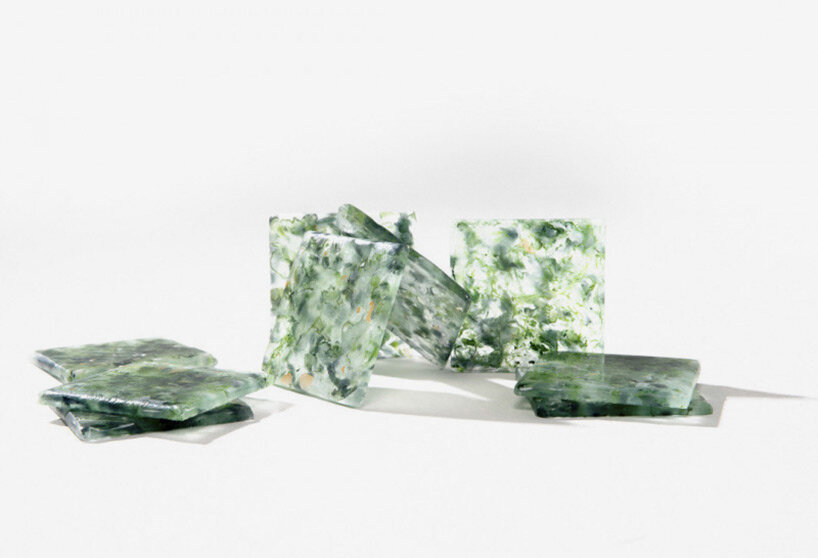
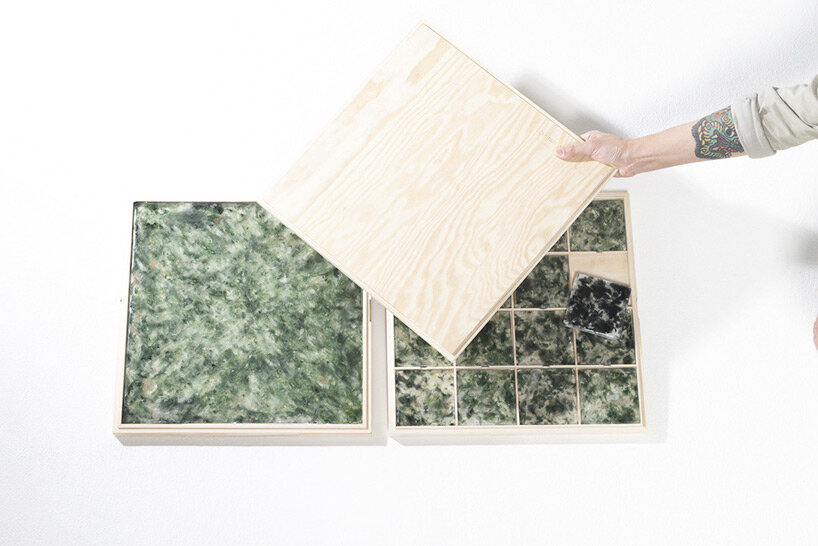
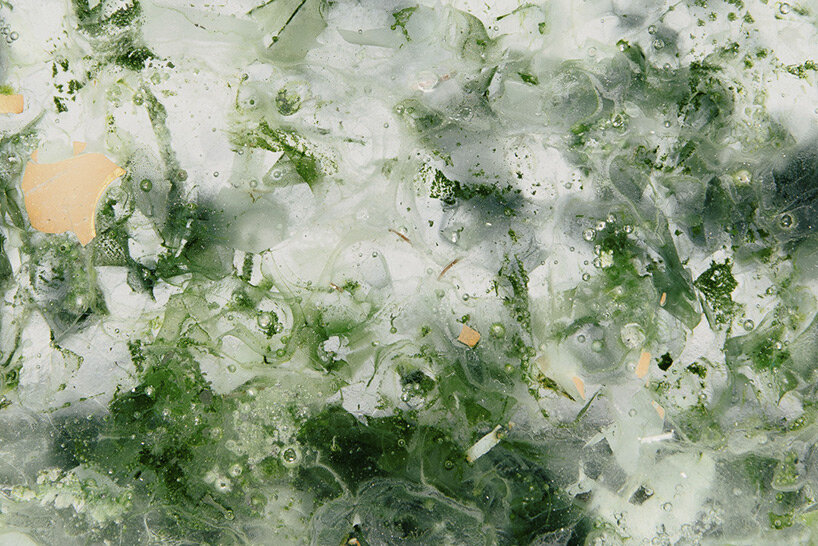
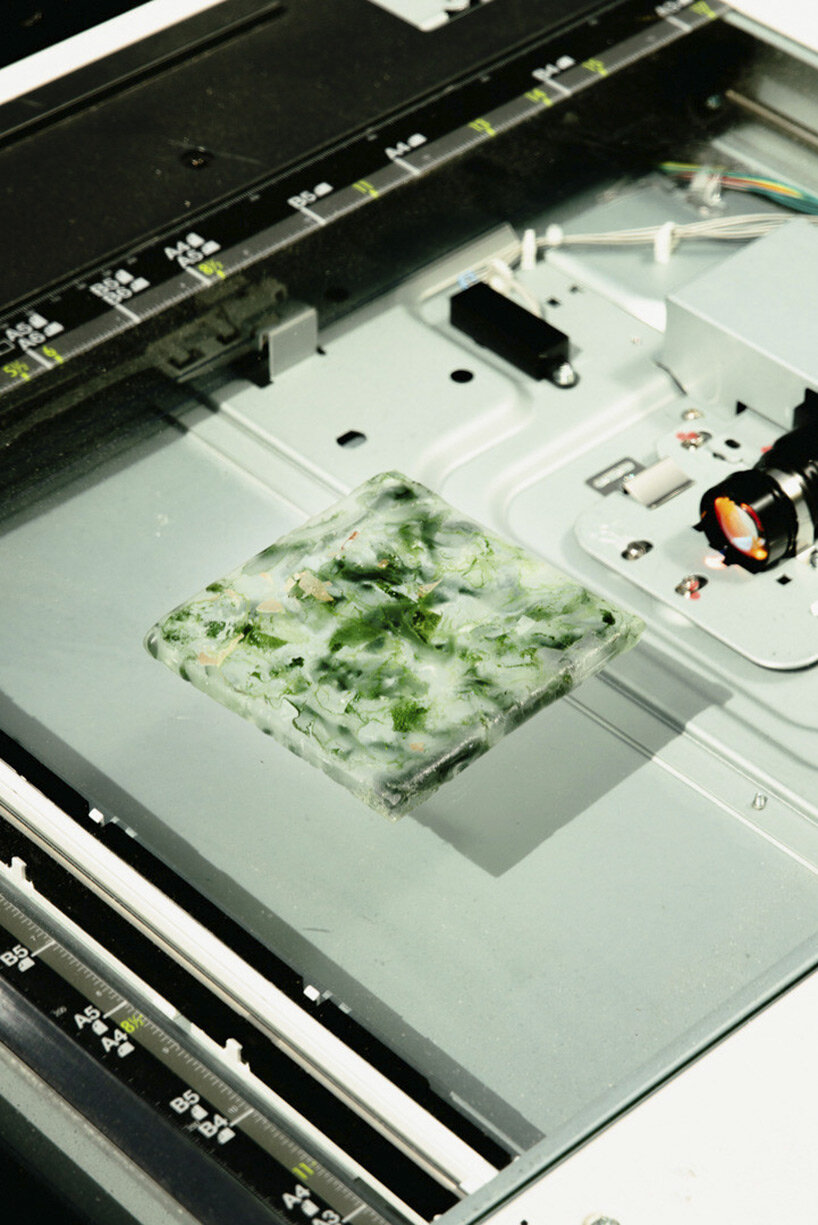
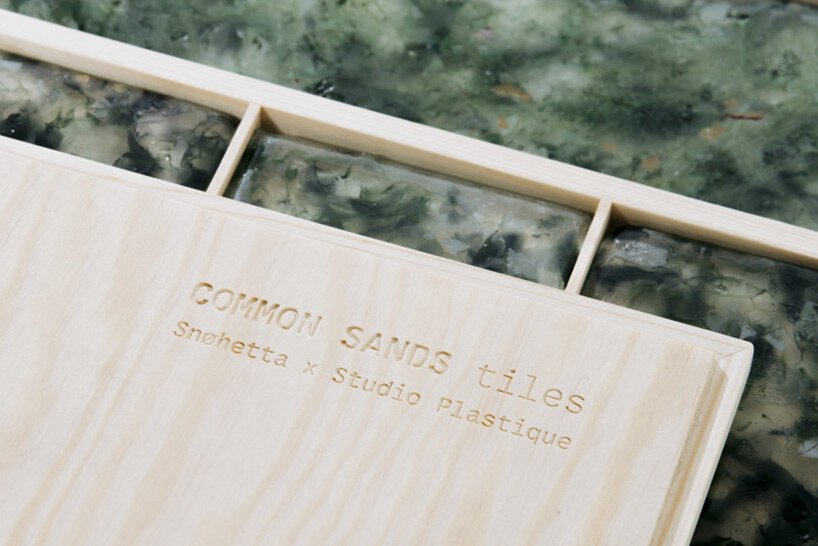
Source link



 العربية
العربية